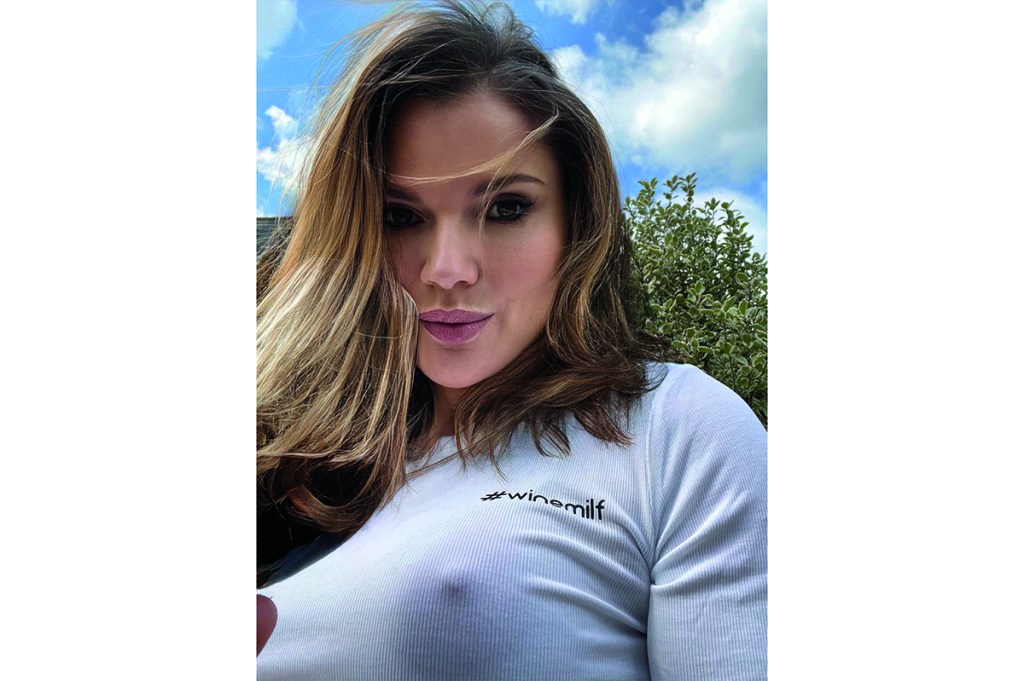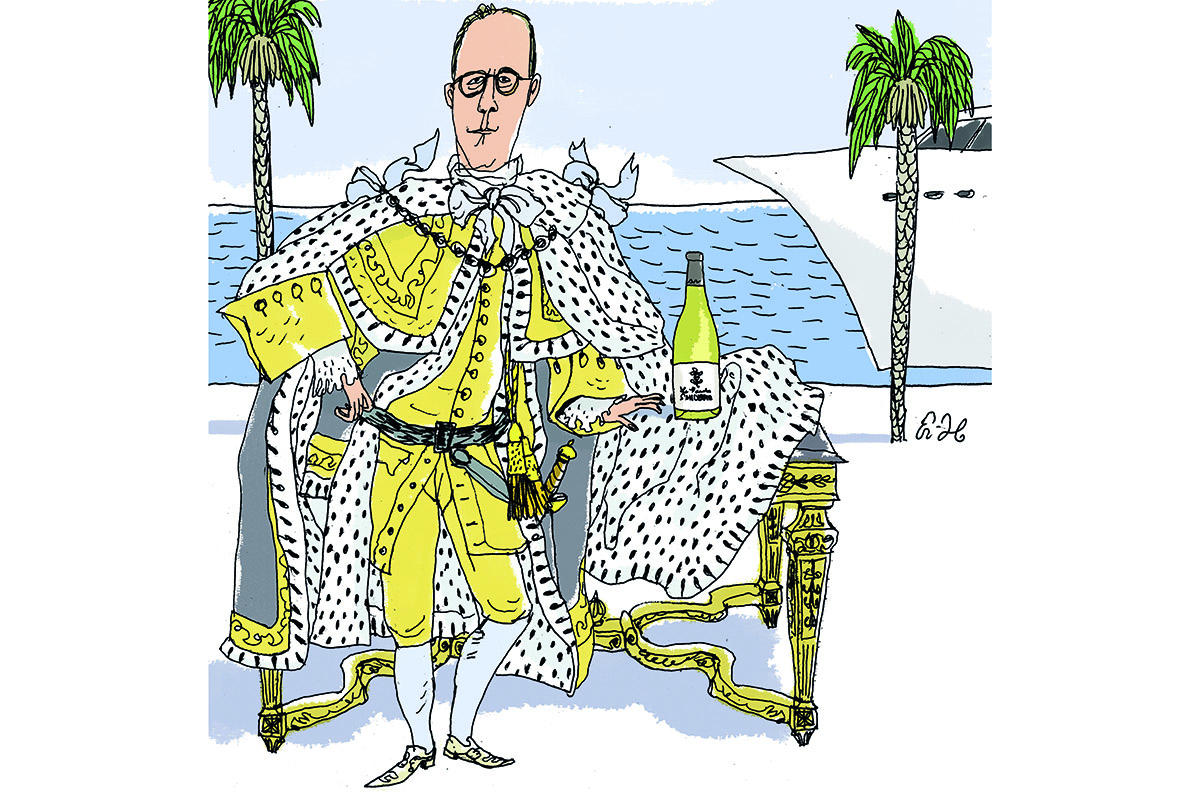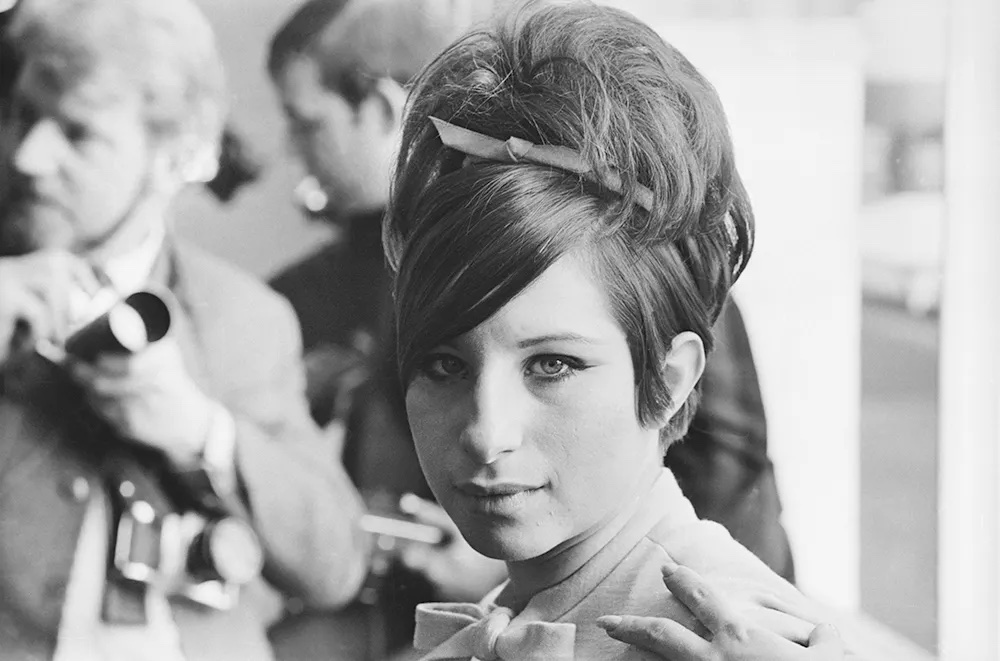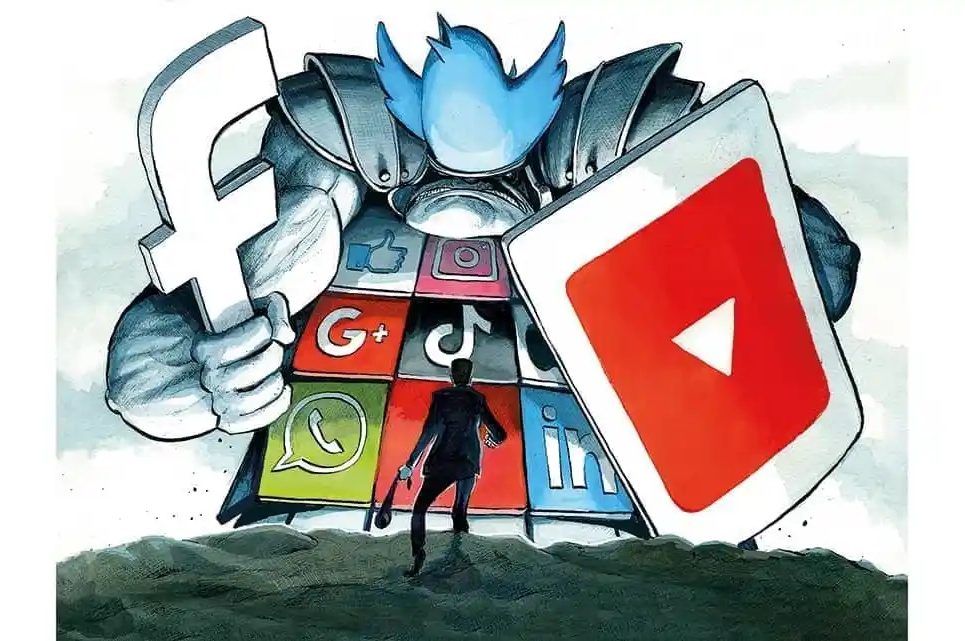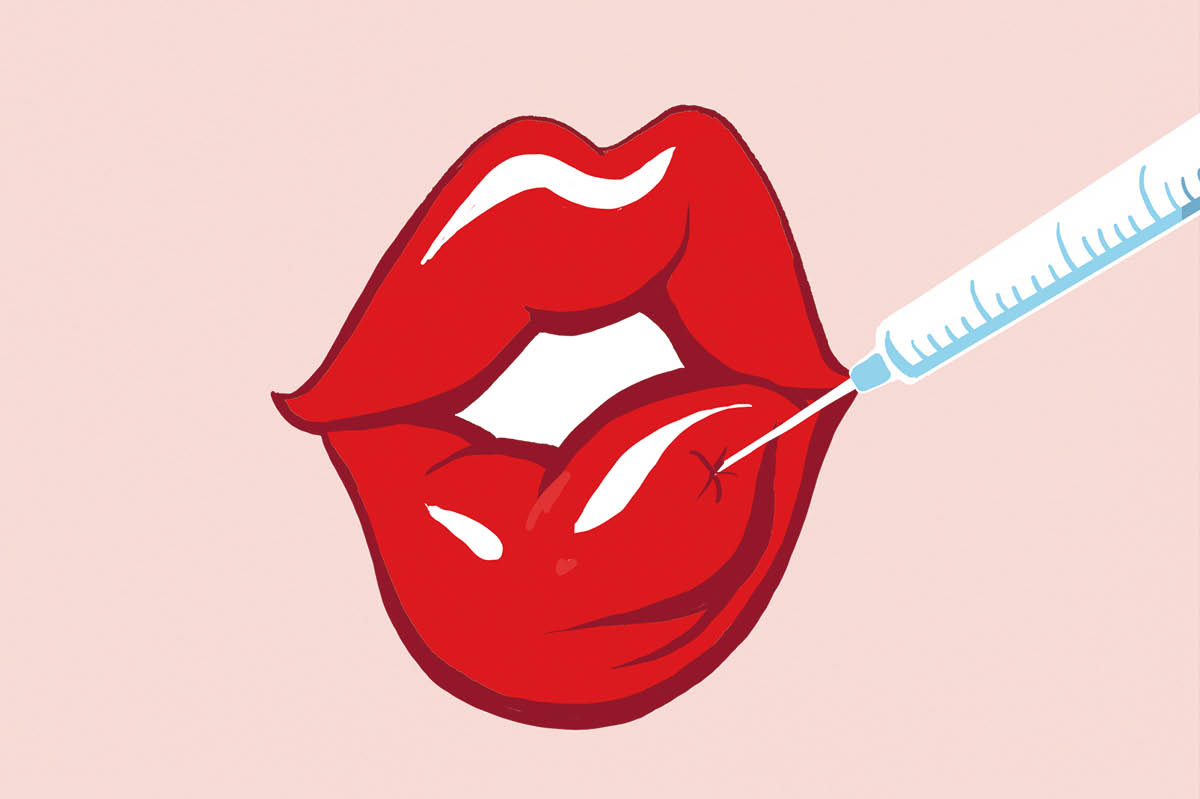‘Slut-shaming’, ‘sexist’, ‘garbage writing’, ‘offensive towards women’, ‘aggressively distasteful’, ‘nipple-ist’ ‘old bitch’ that I am, I stand by the article I wrote in the April issue of The Spectator about influencers and the social-media celebrities who use their looks to sell wine — despite the outrage of those who are so clearly and irreparably under the vinfluence already.
My take on the new advertising powerbase that is ‘influencing’, and the media-doping tactics that are often used to gain that influence, remains the same. This in spite of the bile of the numerous millennials and the older people who should know better, all of whom wrote in to complain that my piece was sexist and that I was jealous and had maliciously targeted a young woman because I mentioned her highly successful business as a wine influencer dripping with innuendo and sexual promise.
Wine producers have to target younger drinkers. To do this they support fresh voices with large social media followings to sell their products and make them look sexy. Advertising of this kind is hugely effective, when our emotions are engaged our reason takes second place. Wine has forever been linked to sex. The nascent marketers of the 19th century knew this — so do modern influencers when they use their physical beauty to promote wines today.
Many of the tactics influencers can use to gain large followings on social media are underhand. There are ways of doping the system and they’re becoming ever more prevalent. Every robust imbiber learns that it’s only prudent to understand exactly what it is they are looking at when they’re under the influence. This maxim serves the drinker well online too. Pod forming, buying followers and posting paid-for material — all that amounts to the opposite of authenticity. More importantly, it’s mindless and vacuous. Who wants content for content’s sake? Why should marketers waste money on something of so little substance? That said I am clearly not their target audience, slut-shaming ancient old bitch that I am.
What ever happened to debate? I am told that because I mentioned another woman’s rather beautiful nipple, proudly proffered for us all to appreciate, I should post a public apology or attend something called ‘allyship training’, to free me from the lens of my own bigoted perspective.
The fundamentalists can put a cork in it. Real dialogue always comes from thought, engagement and exchange. Beautiful breasts, erect nipples, naked torsos, frothing foam — it’s all concupiscence to me. Champagne pulled the ultimate promotional campaign off at the dawn of advertising time, successfully making its foaming bubbles and popping corks forever synonymous with sexual delight and pleasure. This image survived World War One and Prohibition as attested by the effervescent prose of Evelyn Waugh and F. Scott Fitzgerald. Later, Marilyn Monroe bobbed in a bath of frothing fizz. James Bond cocked his eyebrow approvingly whenever it was mentioned and always popped a cork as a prelude to bedding his latest muse.
Champagne’s campaign resonates to this day and still holds water. For me it’s a little hackneyed, although oversexing the pitch does still deliver serious entertainment. One bloke I follow on Instagram insists on oiling up his naked torso before every post. I find it hilarious. I don’t see how you can take yourself too seriously while posing naked with a bottle thrust phallically between breast or pec.
Engagement through social media offers advertisers a direct route to our wallets, perilously pepped up by feel good factor. No one can honestly say they don’t get a dopamine rush when they are publicly liked, physically admired or seen as successful. This kind of pleasure is addictive. But what you are showing and seeing is projected imagery from a multi-faceted media tool: a pretend world of perfection and crystal-clear clarity. Followers can be ratcheted up, bought and manipulated, like fake news.
I was informed after my last article that for women today, being naked or sexually provocative in public is empowering and to question this (or laugh at it) is ‘slut shaming’. I just didn’t get it: two hours on make up and hair for a post about — what was it?, oh yes, wine — seems a waste to me. Then I discovered beauty apps.
The results are suggestive of a culture that, like that of the ancient Greeks, loves a rounded female form. Yet, unlike the Greeks who eschewed arousal, this culture morphs my face into postcoital parody. I become a sex doll made flesh: lips engorged and sensually parted, come-hither eyes moist with adoring joy. Empowering? Well, yes, if the reward is a fat financial wedge. Being paid to post when touch-ups come this easy must be pretty enticing. But morally? More in line with Hugh Hefner than Mary Wollstonecraft.
And so I leave you with a beauty-app image which I took to truly reflect the spirit of this, the age of the vinfluencer. Think of it as my own immodest offering to the airbrushed, digitally-enhanced, sexed-up, fake-nippled internet altar of empty, vinous sex at which so many of us enjoy the odd furtive worship.
This article was originally published in The Spectator’s June 2021 World edition.



